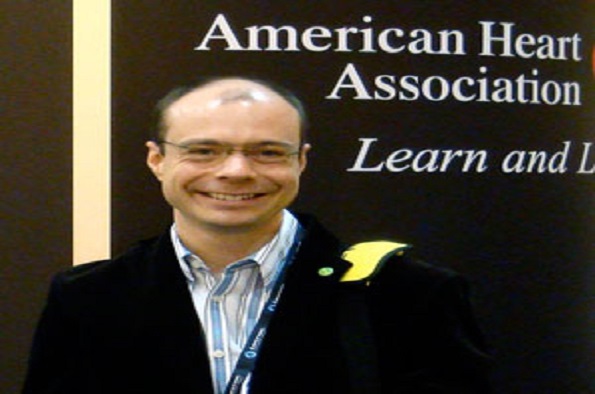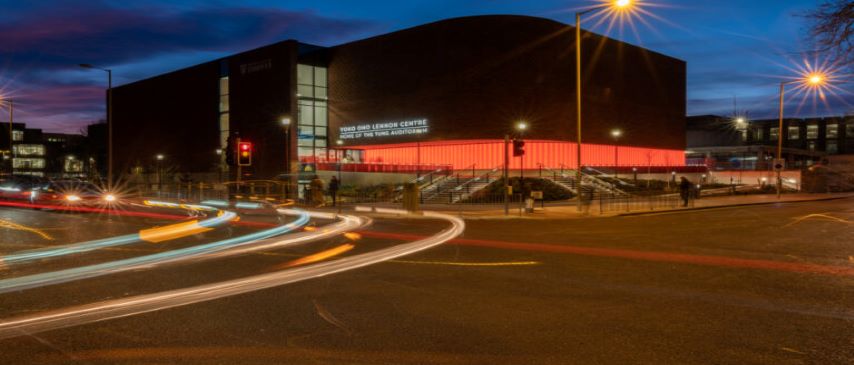
IACD Institute meeting & Seminar. Dr Matthew Lancaster. 'Getting old at heart: How microstructural changes can lead to big problems.' Host: Anne McArdle
- 0151 794 9003
- Brenda Smith
- Suitable for: Staff and postgraduate students.
- Admission: Free to University staff and students.
Add this event to my calendar
Click on "Create a calendar file" and your browser will download a .ics file for this event.
Microsoft Outlook: Download the file, double-click it to open it in Outlook, then click on "Save & Close" to save it to your calendar. If that doesn't work go into Outlook, click on the File tab, then on Open & Export, then Open Calendar. Select your .ics file then click on "Save & Close".
Google Calendar: download the file, then go into your calendar. On the left where it says "Other calendars" click on the arrow icon and then click on Import calendar. Click on Browse and select the .ics file, then click on Import.
Apple Calendar: The file may open automatically with an option to save it to your calendar. If not, download the file, then you can either drag it to Calendar or import the file by going to File >Import > Import and choosing the .ics file.
Dr Matthew Lancaster, University of Leeds. 'Getting old at heart:How microstructural changes can lead to big problems.'
Host: Anne McArdle
Short(ish) biography:
Initially engineering was the big attraction to me, particularly electrical engineering and electronics but having had no previous background in biology I was persuaded by my grandparents next-door neighbour to sign up for A level biology (he was the teacher) and that was that – I was hooked on biology. After A levels I went to Leeds to study physiology and was lucky enough to encounter very enthusiastic physiologists who appeared to be electrical engineers in disguise, thanks to their wealth of electrophysiology and imaging equipment. Two summer placements and a dissertation in cardiac myocyte ion regulation later and I got a place on the new experiment – 4 year PhD schemes funded by the Wellcome Trust in Cellular and Molecular Physiology, as piloted at the University of Liverpool. One year was spent on rotation: learning histology in the veterinary department as well as many molecular biology techniques I’d otherwise avoided up to that point, as well as destroying some of the fastest calcium imaging equipment in the world at that time (it had 16mb of RAM!). It all settled down and cellular cardiology work became my mainstay again looking at disturbances in ionic regulation before moving back to Leeds for postdocs looking at the processes that regulate the pacemaker of the heart. This latter project I took on a bit further and started to look at what happened in old age when the pacemaker begins to fail promoting arrhythmias. I eventually gained a permanent post in Leeds pretending to be an exercise physiologist but still pursuing work investigating ageing of the heart - the reasons age is the single greatest risk factor for heart failure and arrhythmias and essentially what are the best routes to avoid cardiac age being the limit to (healthy) lifespan.
